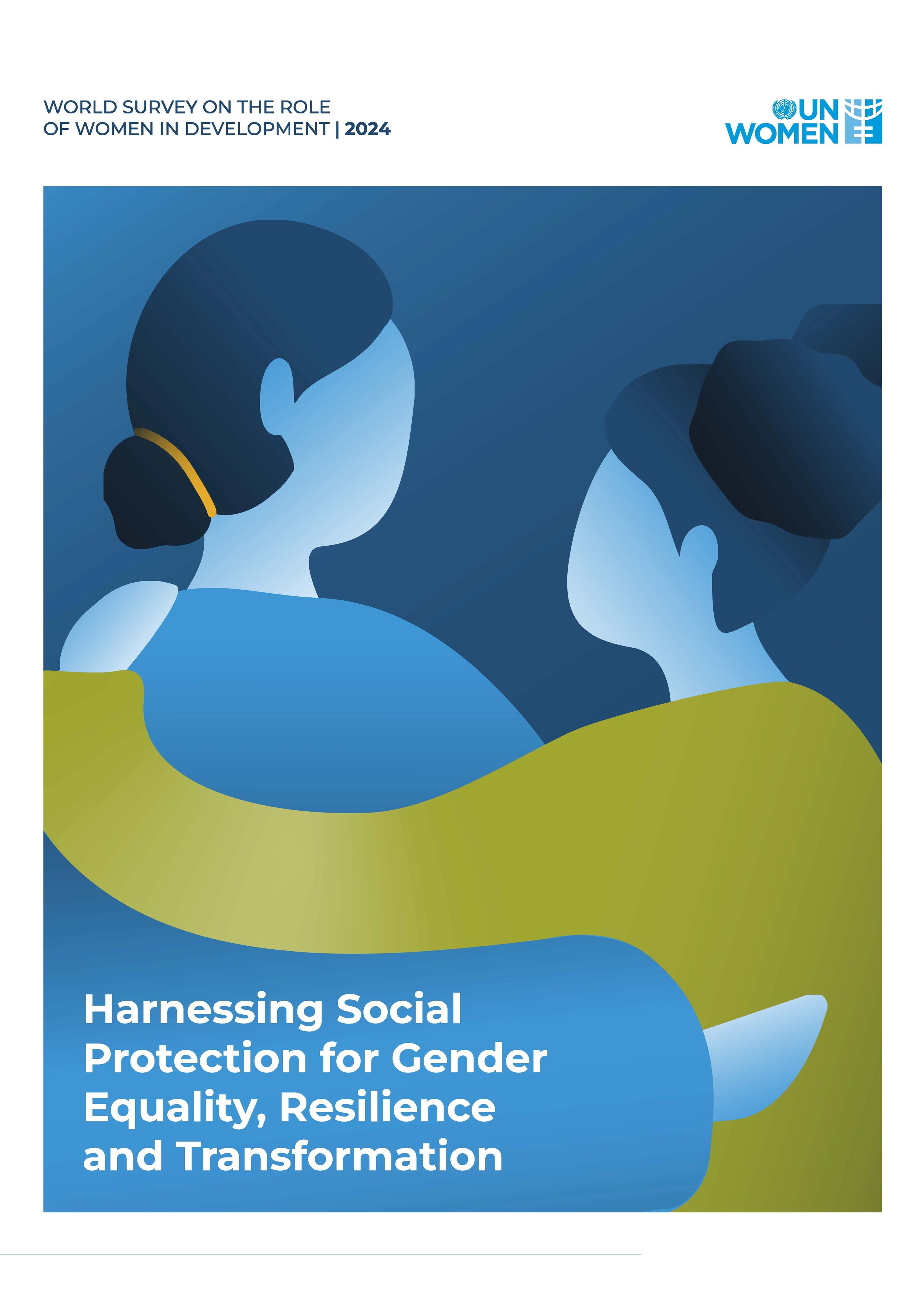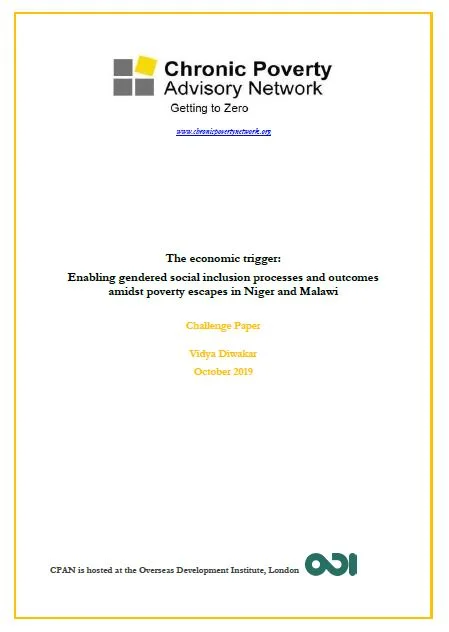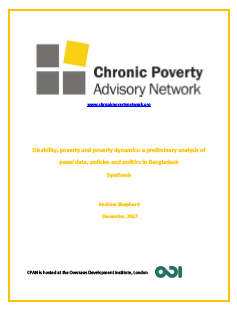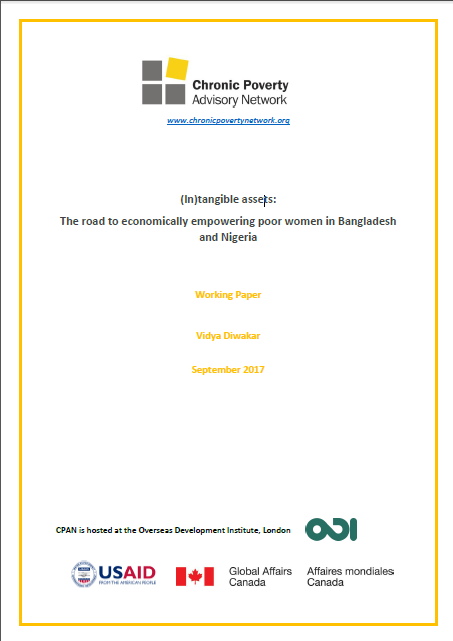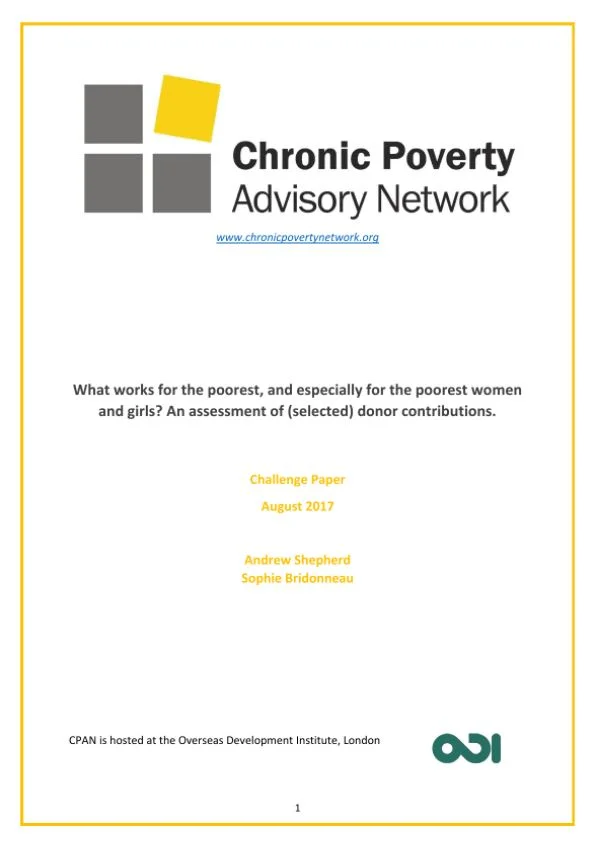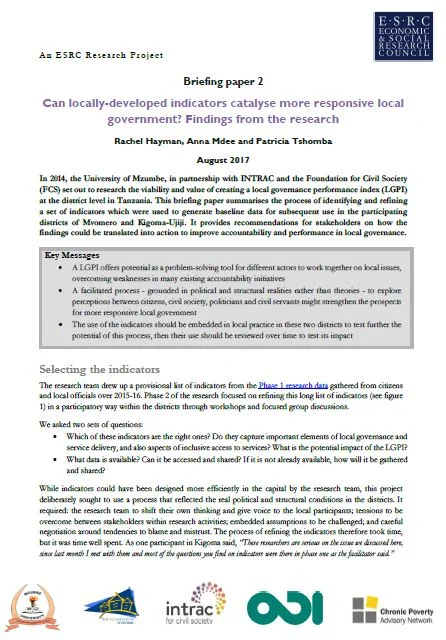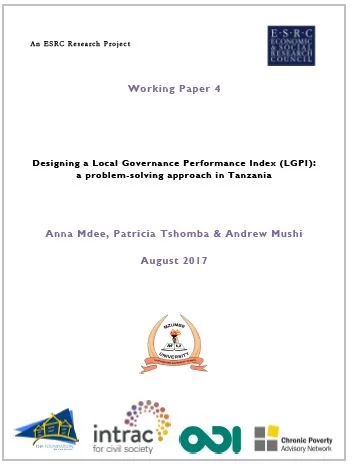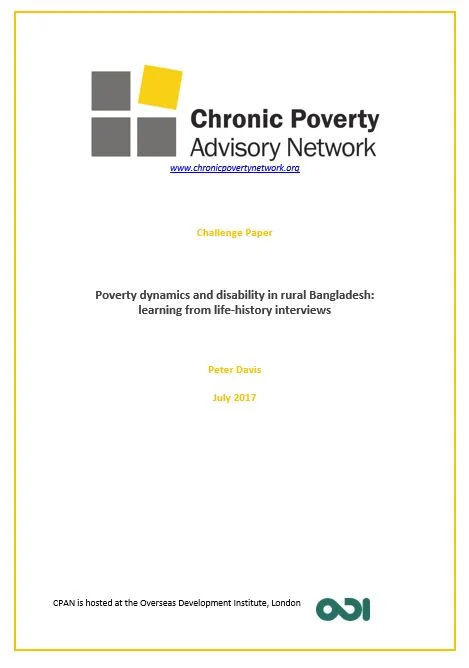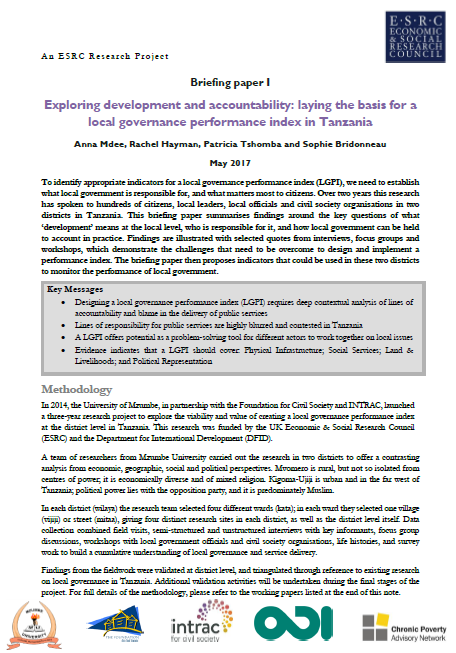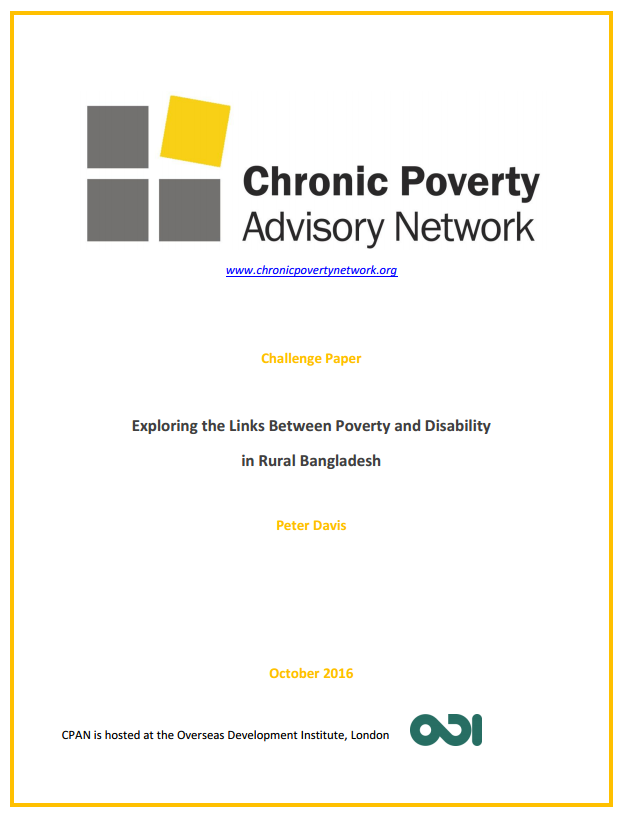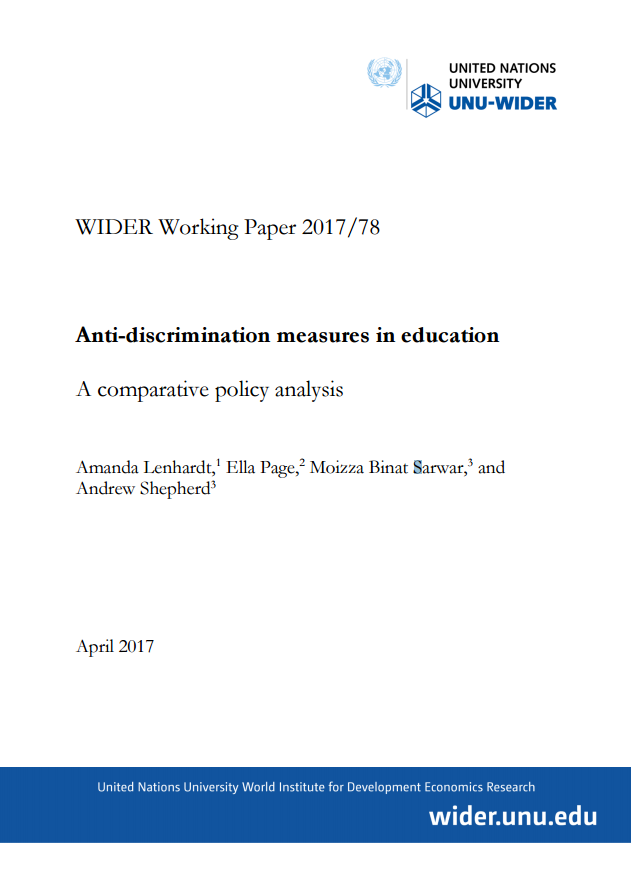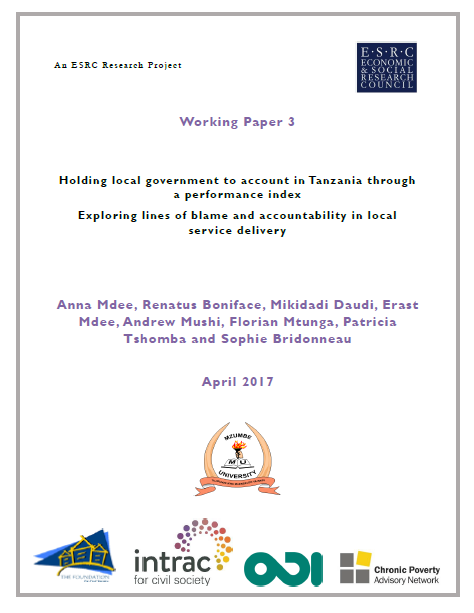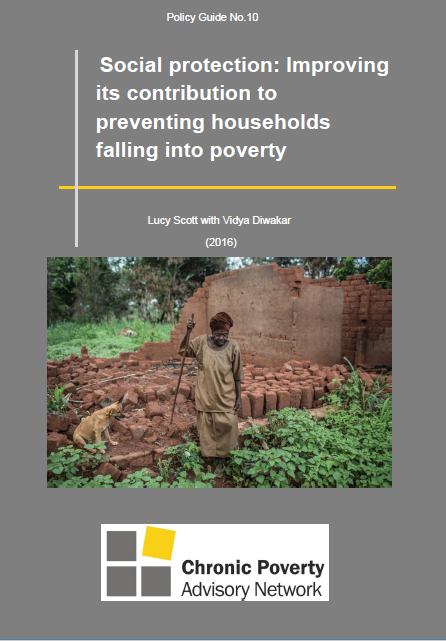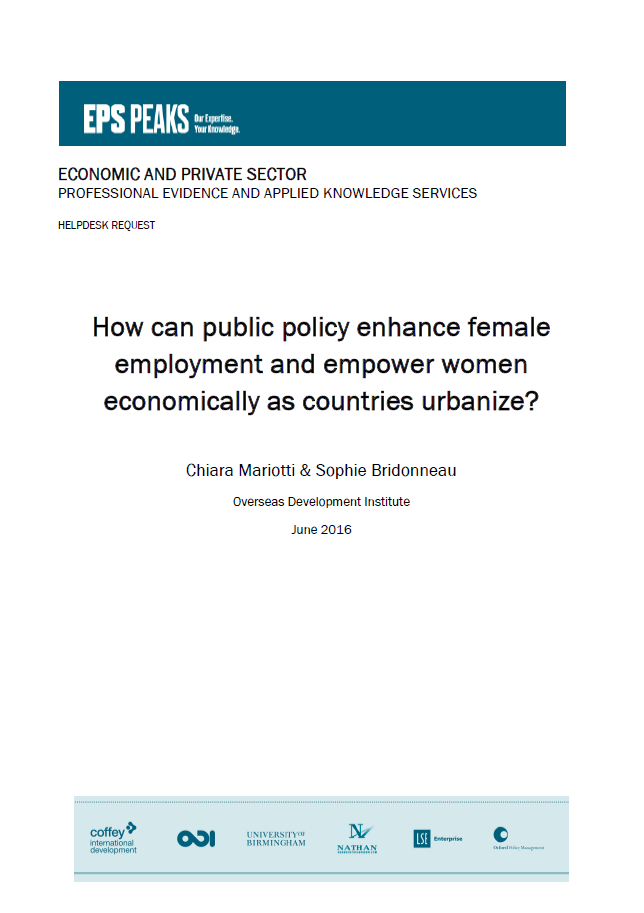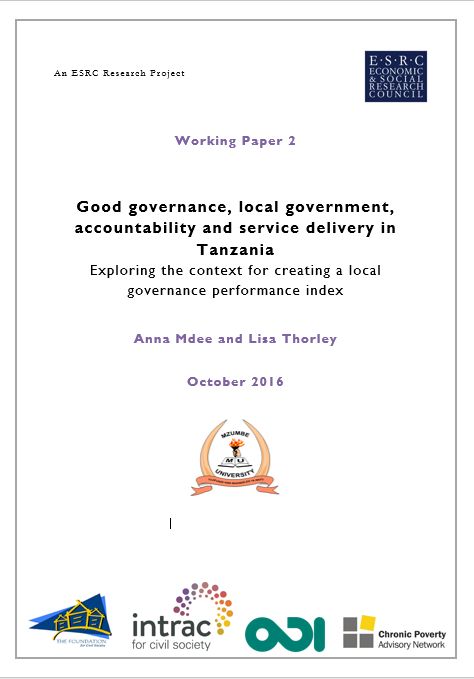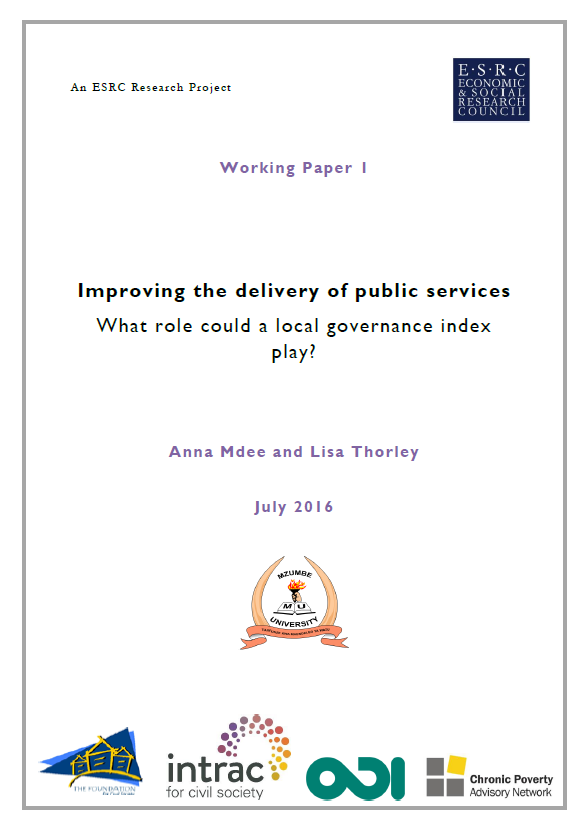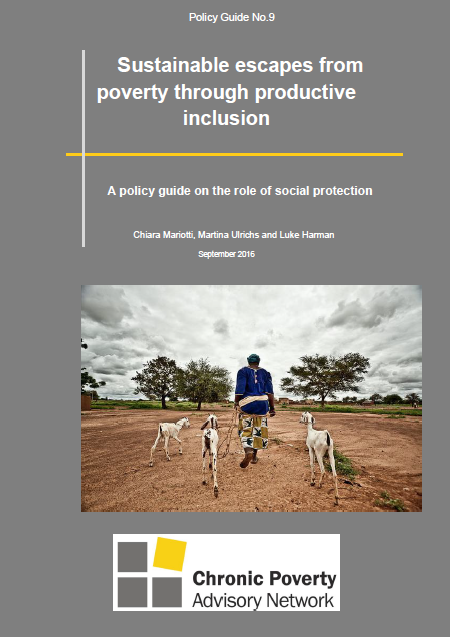
Photo credit: Woman in rural Niger; Aoife McCullough, ODI.
Social inclusion is commonly defined as “the process of improving the terms on which individuals and groups take part in society”. But how does that process manifest, and what types of policies and programs might support these processes?
A new CPAN challenge paper argues that a focus on social inclusion alone, without a concurrent emphasis on economic inclusion, will have limited effects for sustained poverty reduction. The paper argues that gendered economic inclusion is necessary to open pathways to social inclusion.
To explore this link between economic and social inclusion, the challenge paper adopts a mixed-methods analysis of social inclusion of poor women and children in Niger and Malawi. Social inclusion outcomes are focused primarily on access to education and health, and supported by gendered processes of inclusion in economic and financial activities.
From economic to social inclusion in Niger and Malawi
The quantitative panel data analysis and life histories examined in Niger and Malawi, the latter undertaken as part of a wider set of CPAN country studies on sustained escapes from poverty, confirm the centrality of the economic inclusion of women in promoting social inclusion for children. For example, social transfers and savings groups in both countries, and reciprocal gift exchanges in Niger, were found to provide women with funds for investments that contributed to their financial and economic inclusion.
Rabi (Life History Interview- LHI, Niger) noted that “Biki is a kind of savings because if you gave money or a present to a woman, [later on] when you give birth, she will give you two times what you gave her the first time… With that money, we are buying livestock.” These funds are often used for investments in human capital of children. Haowa (LHI, Niger) for example sold all five goats she had in 2017 to pay for her son’s surgery.
Mary (LHI, Malawi), received social cash transfers that helped her take care of the school needs of her two grandchildren. She noted, however, that “this money is not enough… The kids have to be well dressed for school. We need soap and lotion on a daily basis for the kids to be presentable at school.” Given insufficient social transfers, it is the quality relationships with relatives and wider social networks that provide resources to enable socially inclusive outcomes for children.
Policy directions to support interactive processes of economic and social inclusion
As economic inclusion of women is critical for social inclusion of children, a key policy implication is around promoting the economic empowerment of women and supporting collaborative intra-household relationships. Part of this involves bringing men into gendered financial inclusion interventions to mitigate adverse effects of women’s increased negotiating power.
Policies that foster beneficial financial and economic inclusion targeted towards the most vulnerable individuals and households, can in turn offer promising avenues for children to be beneficially included in human development services and ensure that poverty escapes are sustained for future generations.
